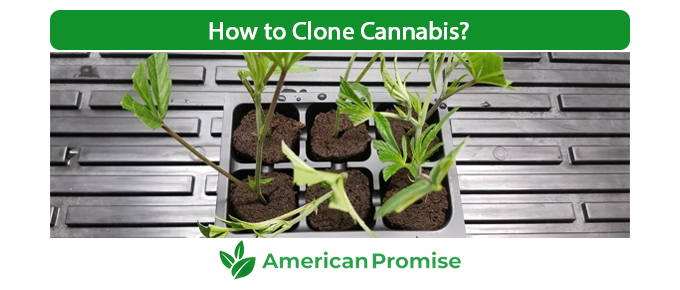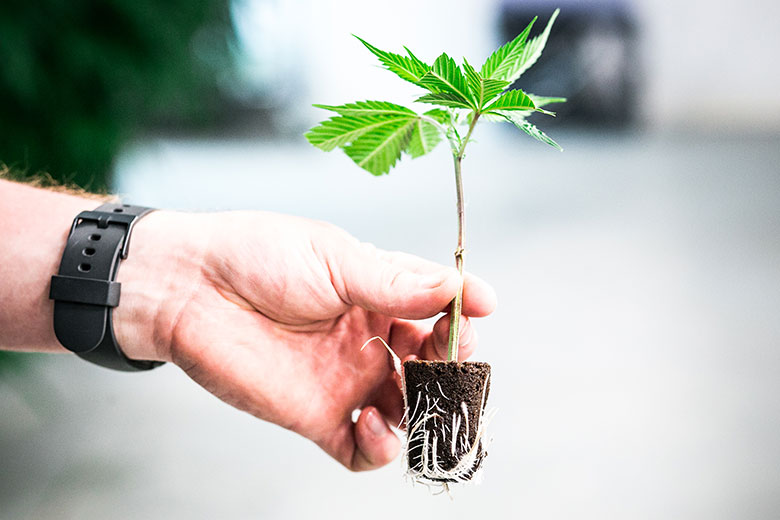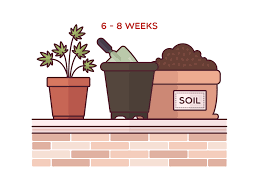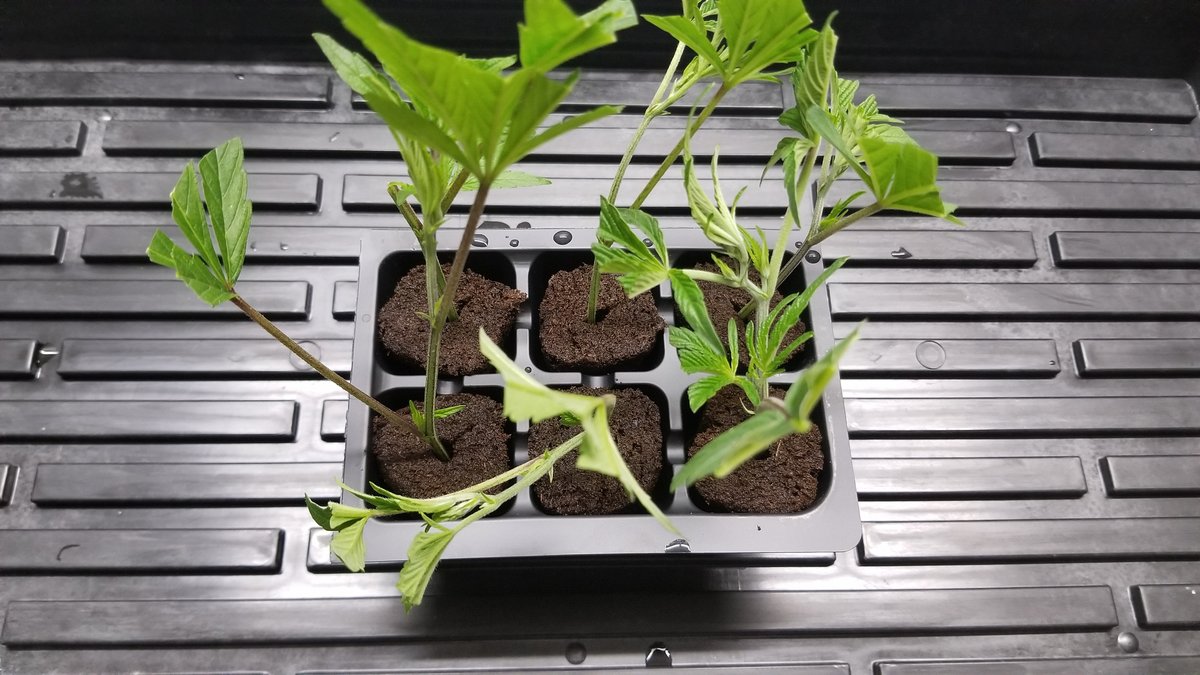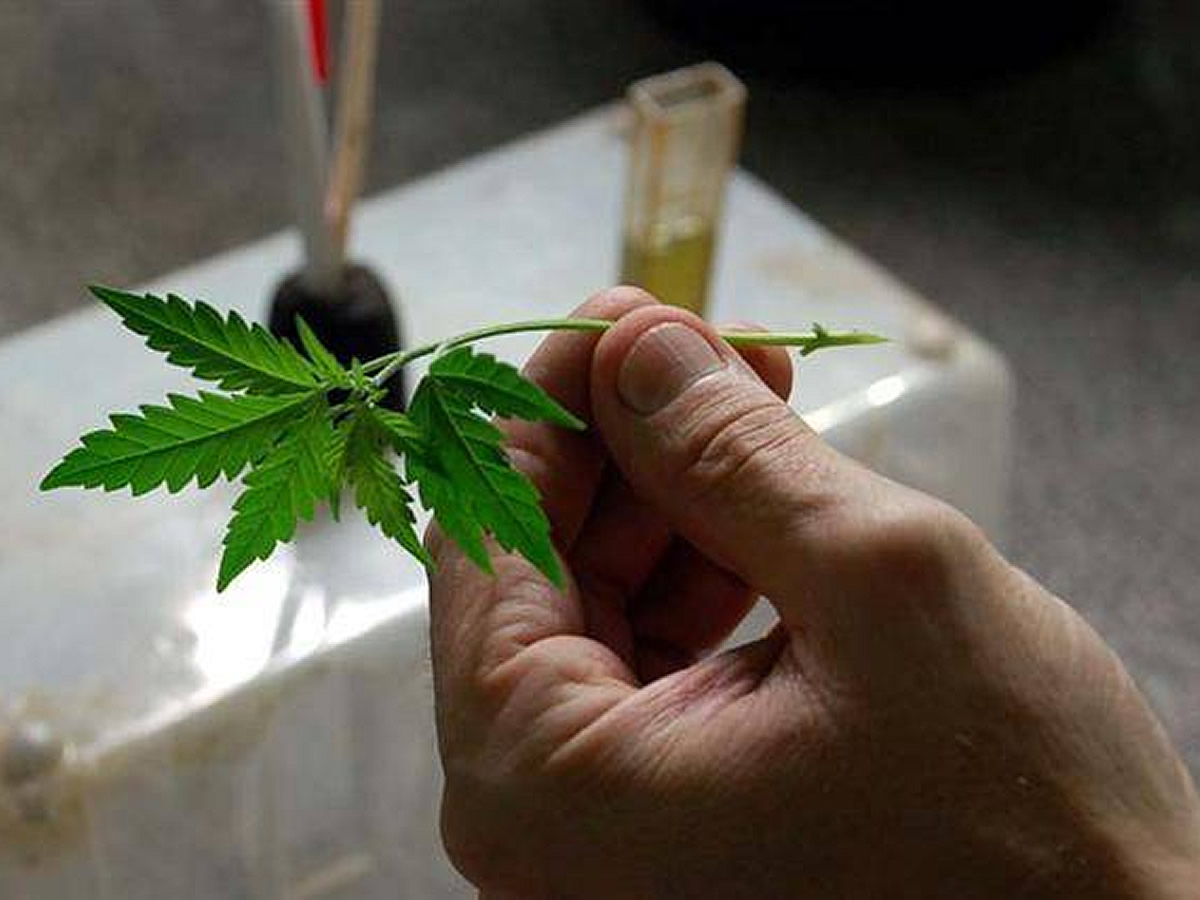We occasionally recommend products we love and might be paid a share of the sale.
The concept of cloning might seem weird but when it comes to cannabis that requires such strict guidelines for growing, cloning is a good way to save the best parts of the plant and convert that into the best harvesting results. Knowing about the cloning skills can come a lot in handy for people who are growing cannabis. Once you get the seeds from the most trusted seed bank and have gotten the best kind of attributes in your cannabis plant, your next best step is to restore that potency and characteristics in the other plants in the harvest.
However, as exciting as the entire procedure seems, it is not the easiest thing to do. Not only do you need to be mindful of the steps involved, but you also need to ensure that you follow them religiously for the best results.
For our readers, we have sorted out all the steps in this guide so you can follow along and know the ups and downs involved.
What is Cloning?
Let us start the process by defining what cloning is. In simpler words, cloning is the scientific process of producing genetically similar cannabis plants. The process is simple. You need to take a cut piece from a viable plant and plant it in the soil and wait for it to root.
However, as straightforward as the process sounds, it is not the case at all. Unlike the standard plants, cannabis plants involve a few more steps and precautions that go into the cloning process.
Most of the professional and experienced growers opt for the branches from the lower portion of the plant, measuring between 3-4 inches to double their harvest results. Also, when looking into the quality of the plant, we’d recommend sticking to the younger plants instead of the older ones. The younger ones hold maximum vitality.
How to select the Mother Plant for Cloning?
One of the most crucial and initial steps to successful cloning is selecting the right mother plant. If you rush through this process, you are going to end up regretting everything that follows.
When choosing a mother plant, you need to pick the ones that are giving substantial harvest, have heavy buds, and large roots with optimal vitality. However, when it comes to indoor or outdoor settings, you need to focus on maintaining the ideal environmental settings for optimal growth.
This means that if you are using an outdoor cannabis plant, you need to ensure that you plant it somewhere that mimics similar environmental conditions like it was outside.
Also, once you are done choosing the mother plant for cloning, the next thing you need to do is take the cuttings. Stick to getting the cuttings during the vegetative stage because that is when the plant is the most viable.
When you are selecting a healthy mother plant for the cloning, chances are that the clones will mimic the characteristics of the mother plant and be healthy. However, this is where some of us go wrong. There are instances when the clone plant hasn’t met the same characteristics as the mother plant.
Sometimes, viral infections are very prone to be taken up by the first clone generation and then gradually pass it down to the following generations. This is where you need to intervene. If you notice that the leaves are turning yellow after you have planted them, it is likely due to a viral infection that is affecting the nutrient uptake of the plant.
However, one good thing about the viral infections in marijuana plants is that the viral isn’t passed on to the seeds in the buds, so you can treat the infected plants and not worry about causing damage to the future clones. This is why you need to be extremely vigilant while choosing the mother plant because if the infection is in the mother plant, it will damage the harvest.
How to clone the marijuana plant?
Now that you have a basic idea about cloning marijuana plants, it is time for us to move ahead to the involved steps. They aren’t complicated and involve a few steps that you need to be mindful of.
Follow the steps as we have mentioned down below:
- Start by sorting out all the tools that you’d need to grow the clones without any issues. Once those are sorted, you need to take a clean container and put some rooting gel in it. The reason why you should avoid taking it directly from the jar is to prevent risks of cross-contamination.
- In the jar with the rooting gel, you need to fill it halfway with water because moisture is a key factor in the growth of the clones without any damage.
- Once you have your chose mother plant, you need to count four branches or nodes from the top of the plant. On the top of the fourth node is where you need to make an incision.
- Once done, make a 45 degree cut on top of the fifth node.
- From there, you need to hold the branch gently and cut down on the lower branches to insert your medium of choice. Make sure you are being focused and making clean cuts on the branches.
- Take the recipient covered in the rooting gel and dip the 45-degree cut into the substance.
- Consider around ⅔ to 4/3 depth and put your clone in the chosen medium for further growth.
- You can repeat all these procedures with other branches for better harvesting results.
How to take care of the clones?
Once you are done making the clones, the next step in the process is to take care of them to ensure that they don’t end up getting damaged or infected with viral or fungal infections. When it comes to the rooting phase, you need to maintain the optimal temperatures required as per the strain of cannabis that you have cloned.
The clones also need to stay in a room that has constant temperatures without drastic fluctuations. The ideal room temperature is 24 degrees Celsius. Also, humidity is a necessity and you need to maintain 80-85% humidity in the room during the rooting phase.
Also, when it comes to feeding the clones, you need to abstain from doing so until the roots have grown strong. If the plants get excessive nutrients, it will eventually end up damaging the quality of the plants. Once you witness the roots coming out, you can pass the first nutrient flow to the clones.
Both pruning and cloning are extremely tedious and difficult procedures that require optimal concentration. So, if you aren’t paying close attention, chances are that you will end up regretting every step along the way. If you aren’t experienced with growing cannabis, your first step is to master that. Once you have that mastered, it becomes easier for you to manage the cloning process and eventually excel in it as well.
What kind of medium can you use for cloning?
When it comes to cloning cannabis, there are a few different types of media that you can use other than just soil. While soil is the most commonly used option because it is readily available and is comparatively cheaper, knowing about all your viable options makes it easier for you.
Some of the best types of media for cloning include:
- Rockwool
- Soil
- Water
How to make your clones root faster?
Once you are done cloning the plant, the wait for rooting can be very difficult. All you have to do is wait and check when they are ready. However, there are a few tricks that you can follow to make the clones root faster. They are easy to do and can help multiply for healthier yield. Here’s what you can do:
- Use Rockwool cubes for the best results
- Boost the amount of oxygen supply
- Use a hydrogen peroxide solution to promote rooting
- Maintain humidity of at least 65% in the room they are growing in
- Use flowering formula fertilizer for better growth
FAQs
Can you clone a cloned cannabis plant?
Yes, you can make a cloned cannabis plant as the mother plant to take cuttings from to further propagate the cloning process.
Is cloning ideal for beginners?
While nothing is impossible, we’d recommend that you at least get help from a professional to guide you through the process for optimal results.
Is cloning a cannabis plant worth it?
Yes, it is most definitely worth it if you do things the right way. Just ensure that you select a healthy plant and follow the steps religiously for optimal results.
What does it mean to clone plants?
To put it in simple words, the cloning of plants refers to the scientific process of producing genetically similar plants. The process is usually performed on cannabis plants. It may sound like a complicated thing to do, but in reality, it is simple. All you need to do is cut a piece from a viable plant and plant it in the soil for the root to grow.
Is cloning bad?
Sometimes, you may need to clone your plants. But it should be informed that cloning adversely affects the genetic diversity of plants. You may use this process to create plants of the same species in great quantities, but they will lack genetic variety.
What is the ideal room temperature of cloned cannabis plants?
You need to keep the clones in a room and maintain a constant temperature. The ideal room temperature is around 24 degrees Celsius. At the same time, you also need to maintain the moisture levels around 80-85%. This is especially important during the rooting phase.
What mediums can be used for cloning?
When it comes to cloning, there are different mediums you can use. Some of the best mediums are water, soil, or Rockwool.
Conclusion
If you are sat here considering cloning cannabis plants, we hope this article gives you all the insights that you need. From the first step to the last, we have walked you through all the details that you need to know before considering the cloning process. All you need to do is stay focused and have maintained the right settings required.
I’m an avid gardener and cannabis enthusiast. You can usually find me in my garden caring for my plants or at my computer crafting helpful blogs for my readers.
Contents

